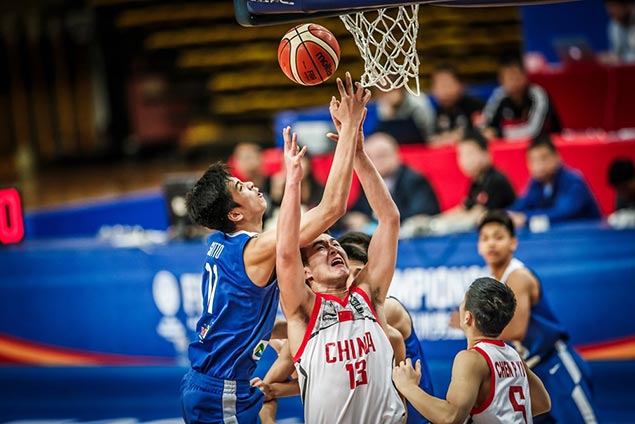Where did the Bayabas fruit came from? Another Philippine legend and story about the Alamat of Bayabas.
A long time ago, there's a king who ruled a rich, prosperous island. He had all the things a king could ever ask for: the power, the wealth, and all the delicious foods one could only imagine.The king's name was King Barabas.
King Barabas is a rude king and overweight, indulging himself to all the foods available, hesitant to share. And his castle is starting to become filthy. He would spend most of his time sitting and eating with his bare hands. As he eats, he drips food on the floor and smile mockingly at the people around him, specially his servants.
People in the kingdom would approach with requests for his help, but he would always refuse. As he neglected his kingdom, people started to complain and starve.
After some time, an old hunched-back woman showed up at the castle begging for food while the king was eating. The old lady asked for food as she was starving.
"Go away! I don't have anything to give. Can't you see I'm eating?" said the king.
"Please, my king, " said the old woman. "I'm asking for anything, anything you could give me as I am so hungry. Even a little piece of bread or fruit would do."
"Get out at once! You disgust me," the king belittled the old beggar.
The old woman stood up straight, casting aside her stooped posture. "I've heard much about you and how your kingdom is suffering." The tone of her voice had changed. It was no longer the voice of a weak, old woman. "I asked for help, and you shoved me away. You have a lot for yourself, but when I only asked for a little food, you belittled me. You are selfish. No one loves you and no one will remember you when you are gone!"
And the beggar disappeared.
After a few more days, the king slowly weakened and became sick. No one knows what's wrong with him. He got weaker and weaker and lost much weight. He looked older than his age. Soon after that, the king died. As unfortunate and unexpected as it was, no one cried and nobody showed up at the king's burial. He died alone.
And where the king was buried, his people noticed a strange plant growing, a plant they had never seen before. The plant soon grew into a tree, which bore rounded fruits that turned yellowish when ripe.
People also noticed that the fruit seemed to have a crown as it develops, which reminded them of their selfish, arrogant king. The flesh of the fruit tasted a bit sour, just like the sour personality of the king towards them.
The people learned to eat the fruit, which helped them with starvation. And because the tree was from the grave of their King Barabas and it has crown just like their king, they named the tree after him: barabas, which in time they called bayabas.
The fruit is still called, as to this day, bayabas.
And although the guava may have came from the rude, selfish King Barabas, guava fruit is one of the fruits that offers many health benefits when consumed, the fruit is a good source of vitamin C. The leaves are made into tea and treats many diseases as well from a simple toothache, to treating diarrhea, lowering blood sugar, and many more. And it is used amongst young boys after their circumcision in the Philippines.



